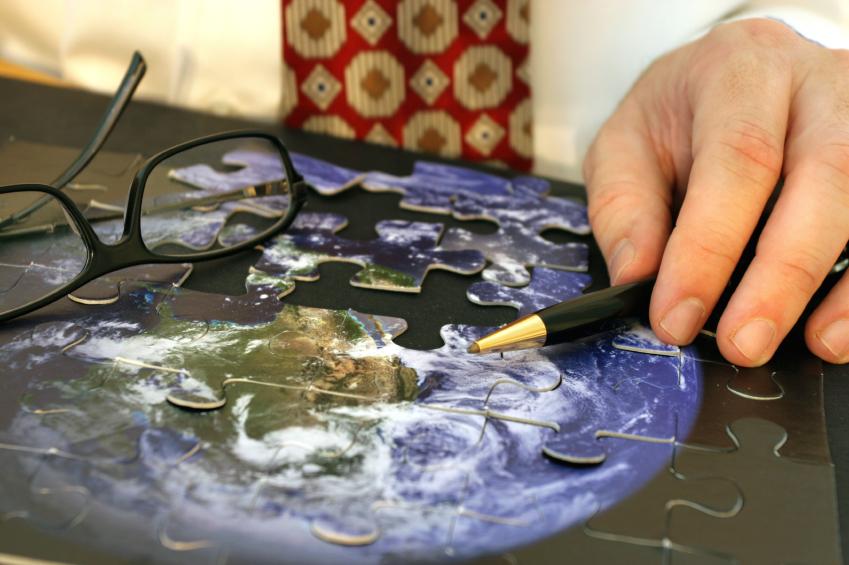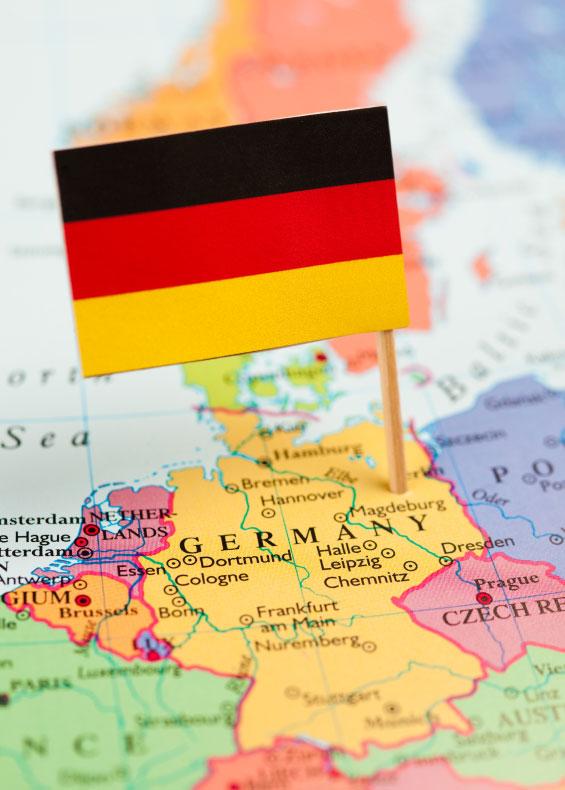
Each day some two billion euros worth of goods and services are traded across the Atlantic – an amount equivalent to one third of all global trade and nearly half of total output. Bilateral direct investment now totals 2.8 trillion euros. The United States is the EU’s biggest trading partner, accounting for 17 percent of European exports. And the EU is the U.S.’s second largest market after Canada, with a 19 percent share of total exports.
Yet common community standards have eluded markets since the dawn of civilisation. In the last 20 years alone, the EU and U.S. failed twice to reach agreement on a bilateral trade deal that would have harmonised many regulations and technical standards on both sides of the Atlantic. A study by the Centre for Economic Policy Research estimates that eliminating the barriers to transatlantic trade will boost EU exports and investment to the U.S. by 119 billion euros a year, and U.S. exports to the EU an additional 95 billion euros.
The financial crisis and the continuing rise of China as an economic power created a new sense of urgency on the trade front, prompting leaders like U.S. President Barack Obama in his State of the Union address to move transatlantic trade to the front burner.
Despite recent failures, trade officials now believe success is within their grasp. “I'm pretty optimistic because I'm realising that the political will is here - on both sides,” Matthias Petschke, head of the European Commission Representation in Berlin, said in an interview with INSEAD Knowledge. “Maybe strengthened by the crisis. Maybe because leaders have identified this as a deliverable, as a forceful message opening up markets, not closing them down at a time of crisis, is a message of huge political relevance.”
Targeting Standards
Enter the new Transatlantic Trade and Investment Partnership (TTIP) – with the goal of harmonising national regulations and technical standards, the hidden barriers to trade. Lowering customs tariffs is the easy part. “We have an average tariff rate that is around four and a half percent which is very low already,” says Petschke. “But the real scope with this negotiation is going to be elsewhere - it's going to be on certification, on standards, and the idea that we should do as much as possible, work together to identify joint-standards and make life easier for our companies.”
Technical standards often require companies to manufacture simultaneously different versions of products – such as different headlamps or exhaust systems on automobiles – for several markets. There are thousands of national standards dealing with road safety, food and drugs, greenhouse gas emissions, aircraft noise, civil engineering, accounting and more – a seemingly endless list that bogs down trade negotiations. Harmonising standards means compromise, and national safety officials on one side might oppose regulatory changes. (Fluoride toothpaste, for example, is regulated as a drug in the U.S. and as a cosmetic in the UK).
Some of the biggest challenges to a bilateral deal focus on domestic safety concerns in hormone-treated beef and genetically modified agricultural products. Others involve intellectual property rights and subsidies, which have triggered several lawsuits at the World Trade Organisation (WTO) in recent years, due to controversial support for aircraft makers and farmers. Still other issues focus on barriers to services, “localisation” requirements (“Buy American Act”) and discriminatory procurement practices.
In the Interest of Global Trade
Officials in Brussels and Washington DC are quick to explain how the TTIP deal is not an attempt to establish a bilateral trading bloc that would exclude the rest of the world. “It will lead to more trade: not just between the two blocs but to more trade with Europe; between Europe and the rest of the world, and the U.S. and the rest of the world,” says Petschke. “If we look at the gains which are expected at world scale we realise that there is also an impact on global GDP which is estimated to be around 100 billion dollars.”
The TTIP is among numerous bilateral relationships emerging from the collapse of the Doha Round of multinational GATT negotiations in 2008. The WTO reports the number of regional trade agreements (RTAs) has more than doubled since its creation in 1995 to over 300. As global trade increases, trading partners look for the most practical and realistic solutions to eliminating barriers. “The best way is certainly the multilateral agenda. That's very clear,” Petschke insists. “But on the other hand, one has to see that if you really want to deepen a trade relationship, the best way to do that is to do it on a bilateral basis.” As they speak, the EU and the U.S. are also negotiating separate bilateral trade deals with Asian states.
Petschke believes a speedy EU-U.S. agreement will also allow the two partners to influence global trade rules. There is already a transatlantic consensus on many issues including the promotion of small- and medium-sized enterprises, free-market rules and an understanding of the trade distortions and dangers of state-owned enterprises.
Fast Track Agreement
Government bureaucracies in the EU and U.S. are gearing up for a June launch of negotiations and leaders hope to seal an agreement by late 2014. A U.S. trade spokeswoman told INSEAD Knowledge, “The Obama Administration is committed to a high level of transparency in its trade negotiations, and has a strong record of outreach. We will soon be publishing a notice in the Federal Register seeking comments from the public on U.S. objectives and there will be a public hearing on the matter. We welcome input from the public.”
“The business community wants us to pursue this very privileged bilateral relationship,” says Petschke. “At this point in time, in the multilateral environment, things are not moving sufficiently.”
The EU and U.S. are compelled to seek a compromise on bilateral trade this time around. If not, others will write the book for them. And if they succeed, brace yourself for a shipload of new food and drink, road vehicles and electronic gear. The consumer world could change dramatically.
Follow us on twitter @INSEADKnowledge or Facebook https://www.facebook.com/Knowledge.insead.
-
View Comments
-
Leave a Comment




No comments yet.